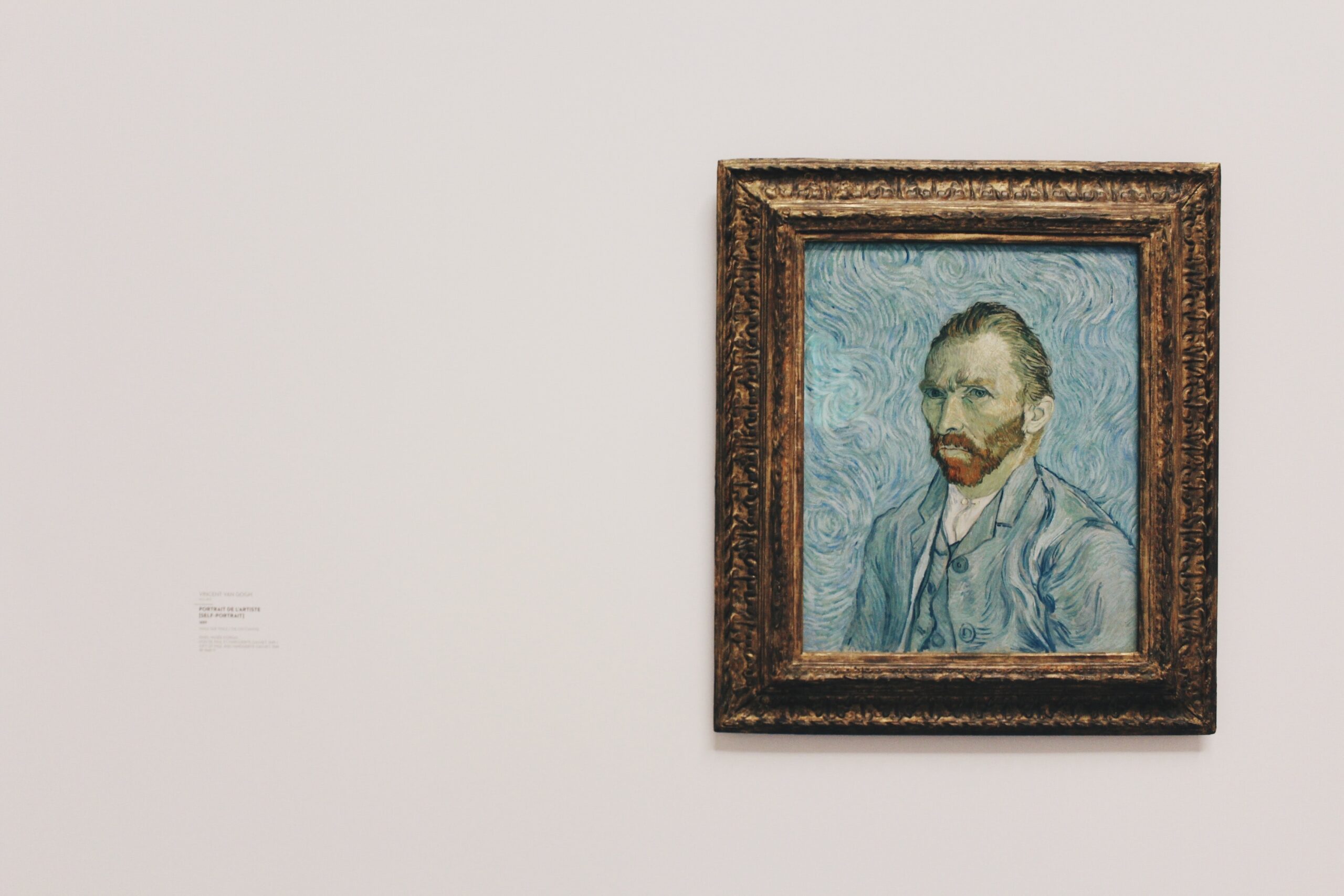In many contexts, the terms art gallery and museum can be seen as interchangeable. However, there are some distinct differences between the two that distinguished them as separate institutions.
Definition of an Art Gallery
An art gallery is a building or space where works of art are exhibited and sold. This can include paintings, photographs, ceramics, sculptures, installations, and other works by established and emerging artists. It is generally run by a private individual, an artist collective, or an institution.
An art gallery’s primary goal is to serve as a showroom for the purpose of selling works of art. It may be a public space, or it may require an appointment to visit. Many art galleries have exclusive contracts with the artists they represent, almost like a private club.
Definition of a Museum
A museum is an institution dedicated to the research, preservation, and display of artifacts, artworks, and other objects of cultural and historical significance. Museums are generally funded by public or private sources and operated by volunteer staff members or paid professionals.
Unlike an art gallery, which is primarily focused on the sale and display of art, a museum may explore a variety of subjects and often have a broader educational mission. They may also feature interactive exhibits to engage visitors in the learning process.
Key Differences
When it comes to the differences between an art gallery and a museum, there are a few key aspects to consider.
Purpose
The primary purpose of an art gallery is to serve as a place to display and sell artwork, whereas a museum typically serves as a repository for artifacts and artworks with a focus on research and education.
Funding
Art galleries are generally privately owned and funded, while museums may receive funding from private and public sources.
Required Appointments
Many art galleries are private and require appointments to visit, while museums are generally open to the public.
Accreditation
Art galleries may be accredited or unaccredited, while museums that are considered to be of high quality generally receive some level of accreditation from a professional organization, such as the American Alliance of Museums.
Conclusion
When it comes to the differences between art galleries and museums, the primary purpose of each institution is the most important distinguishing factor. An art gallery is a place to view and purchase artwork, whereas a museum is typically a repository for artifacts and artworks with a focus on research and education. Additionally, art galleries are generally privately owned and funded, while museums may receive funding from private and public sources.

